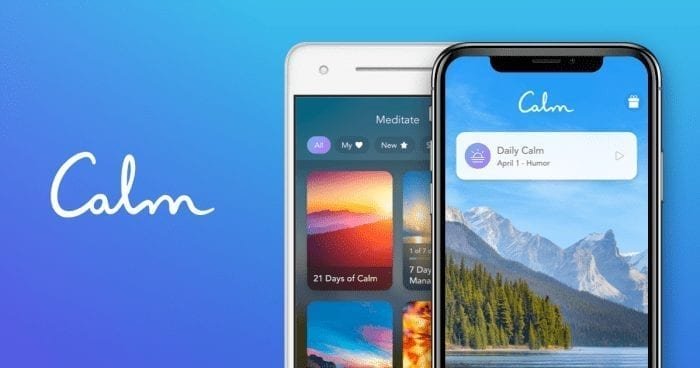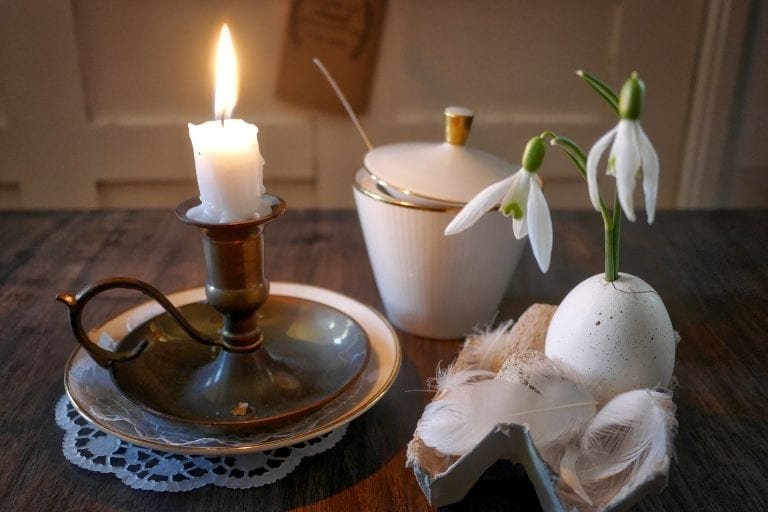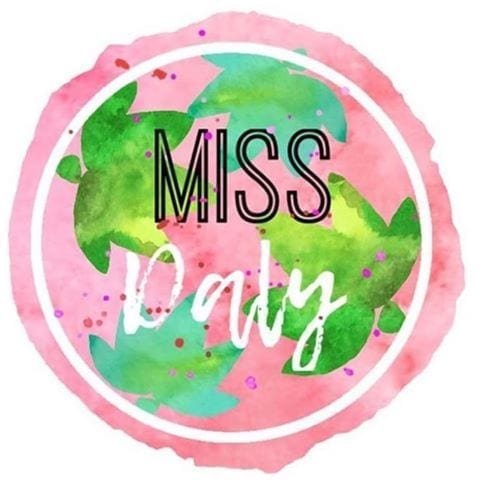- 26 November 2019
- Uncategorised
- MJ's Resources
- 0
Mindfulness In Schools
6 Practical Ideas To Help Create A Calmer Classroom
A collection of practical methods on how to create a mindful classroom by Rachel Daly.
Follow @dalydoseofteaching on Facebook and Instagram for more great teaching ideas.

When I first heard about mindfulness and started to embrace it, I eventually asked myself “Why on earth didn’t I learn this when I was a child?”
There is a world of evidence and research available now that shows the value of young people being taught mindfulness. Many of the skills associated with mindfulness can also be transferred across to their education. The practice of mindfulness helps children to improve their concentration and ability to pay attention, teaching them to focus on a single thing at one time. For example their breathing, heartbeat or a sound while blocking out other stimulants. Being taught mindfulness also helps them gain skills so that they understand their emotions and how to deal with them.
In my personal opinion I do not think that there are any other skills apart from these (attention and managing one’s emotions) which are more important for a functioning human, never mind education.
As educators, we play a huge part in these children’s lives and we have many chances to introduce the children to the practices of mindfulness. The most important way we can do this is through our attempts to foster our own mindfulness. Be present in the moment, listen and pay attention, and most importantly to be aware of our emotions and how we respond to them.
These practices can then be brought into the classroom, giving the children the time to stop, focus on their experience and be given time to reflect on it.
Due to 1 in 5 children having a mental or behavioural disorder, I feel that it is so important for children to be introduced to mindfulness from an early age so that they can self-regulate when they need to. That they are not in their teens and panicking that they are having panic attack and do not know how to calm themselves down. But that they have the ability and confidence to use what they have learned to help them.
I have gathered a few simple ways in which mindfulness can be brought into your classrooms:
1. Mindful Breaks

The technique behind this is that at the beginning of the class you give one of your students a bell. Throughout the day the student has the option to ring the bell whenever they felt that the class needed to take a break. This would be limited to a certain amount by the teacher so they know that they cannot ring it constantly and take advantage.
When the bell was rung the class would stop, no matter what was going on. Everyone in the class would stand up and get a chance to move and stretch. They would then sit back down in their seats for around 30 seconds where they would partake in some mindful breathing. The child who rang the bell would tell the class to quietly think of something that they were grateful for. Once this was done the lesson would proceed.
I love this idea as at most it only takes one minute and gives the children and even the teacher a well needed break. Sometimes teachers get so distracted with what they have to do, timings, etc., that having the child there to remind them that they need a break is a fantastic idea. It makes them take ownership of their mindfulness in class and also lets the teacher know when their attention span is running out.
2. Mindfulness Jar / Calm down Jar
Have children create a mindfulness jar that they can have ready for whenever stress may begin to set in. These jars can be made using glitter, a water and oil mixture, food colouring and various types of glitter (chunky and small etc).
When this jar is shaken by the child you can tell them that the water swirling around represents their mind while it is in stress. Watching the glitter and water calm down and settle back down to the bottom of the jar helps you to calm down. The purpose of this jar is to make you aware of your thoughts, to play a part in calming and settling your mind and to allow you to think more clearly.
The teacher can also make two or three of these to place in a calm down box at the back of the classroom for the children to use instead of them each having one.
3. Calm Down Box

The purpose of a calm down box is so when a child is feeling anger, stress or frustration that they are encouraged to take a few moments to go and use the items that the teacher has placed in the box so that they can become calm and self-regulate their emotions effectively.
They do not have to be expensive and can often be created from items you may already have in your home.
Here are some items that are recommended for your calm down box and can be purchased inexpensively in euro stores etc. Some can even be made.
Stress balls (these can be cheaply made with balloons and flour), bubbles, playdough (which can also be made and scented with lavender to aid calming), bubble wrap, a slinky, a colouring book and pencils, magic sand, fidget toys, calm down jars, squishies, putty, slime, a weighted blanket or cushion, activity books ( dot to dot, word searches, mazes etc), rubik’s cube.
This is just a vague ideas of some items I have seen online that may possibly work to help children calm down and self-regulate themselves.
4. Practice Mindful Listening

I feel that this is one of the easiest ways to introduce mindfulness to children. This is due to the fact that it is easier to focus on something concrete like a sound. Rather than telling them to notice their breath which can be a bit difficult for younger children.
There are plenty of mindful listening lessons online but I personally like to use the app “Calm”. I always loved this app as it has mindfulness music and stories for every situation. What I like more about it is that they have a lifelong free membership for educators to use with their classes. Each section in their app has a kids version which is fantastic and it is also split up into age groups so you will always have appropriate material to use with your class.
They have fantastic visualisation mindfulness lessons as well as meditation and also sleep stories which I find fantastic and always fall asleep listening to.
5. Mindful Breathing

Another fantastic tip that I picked up was a way to introduce children to mindful breathing. This could be done once they are comfortable with mindful listening. What is so fantastic about it is that all you need is some flowers and some candles. The children are encouraged to take a deep breath in through their nose and smell the flowers. Once they were done with this they held that breath for a few seconds and were then encouraged to slowly release it and blow out the candles. This could be repeated three or four times. Once they have gotten used to doing this with the prompts they can then work on closing their eyes and imagine doing this. This could also work really well with children who can get worked up as a means to calm them down.
6. Ending Your Day with a Mindful Moment

Instead of ending your day with the children yelling homework reminders at the children as they leave the room end with a mindful moment.
At the end of your day get your children to close your eyes and focus on a sound, breath or a visualisation story. Get the children to think about what they learned and what they have accomplished during their day. This way the children end their day positively. Be sure to tell them how hard they worked, how proud of them you are or even just tell them how much you care about each and every one of them. End your day with a positive statement.
Here are just a few ways in which you can promote and introduce mindfulness in your classroom. I hope you find them useful. Please let me know if you try any of them and let me know how you get on!

